
Spring is coming! How can you not talk about Chang'an Avenue when it comes to Beijing? Chang'an Avenue is the east-west axis of Beijing’s main urban area. It is divided into east and west sections with Tiananmen Gate Tower as the midpoint. West Chang'an Avenue starts at the Xidan Crossroad in the west and ends at the south of Tiananmen Gate Tower, Dongdan crossroads in the east.
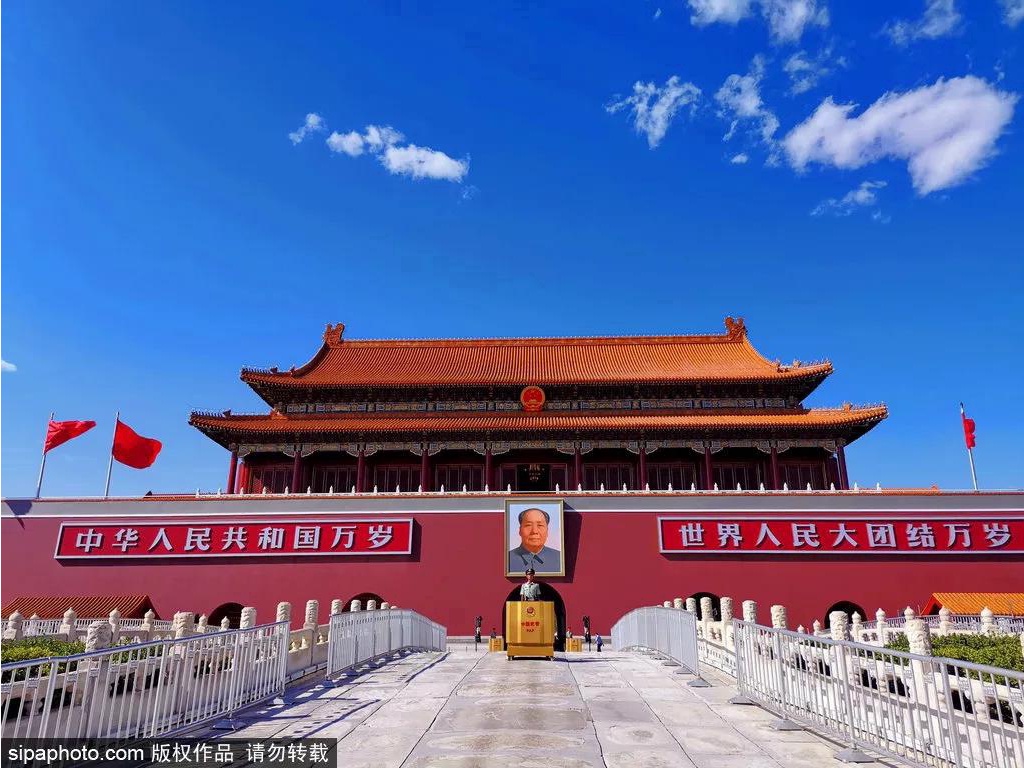
When it comes to Chang'an Avenue, Tiananmen Square and the Forbidden City are well-known. If you don't want to visit the attractions, take a walk on this street and let the sun shine on you, which is also a great experience.

However, in addition to these, there are also many attractions worth visiting on Chang'an Avenue!

National Museum of China
The National Museum of China is located on the east side of Tiananmen Square in the center of Beijing and the south of East Chang'an Avenue. It is symmetrical to the Great Hall of the People from east to west. It is a integration of collection, exhibition, research, archeology, public education, and cultural exchange.

It is the largest museum in the world with a total construction area of nearly 200,000 square meters. The total land area is 70,000 square meters. The height of the building is 42.5 meters, with 5 floors above ground and 2 floors underground.
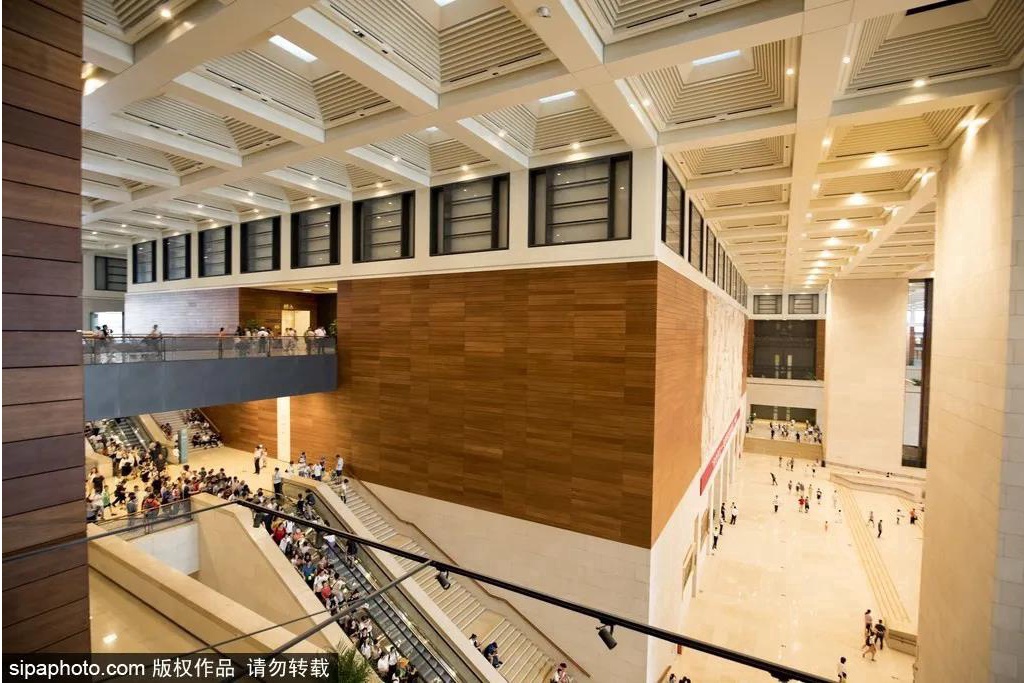
The existing collection has more than 1.4 million pieces, covering various categories such as ancient cultural relics, modern cultural relics, rare and ancient books, and works of art. Among them, there are 815,000 pieces (sets) of ancient cultural relics, 340,000 pieces (sets) of modern cultural relics, more than 240,000 pieces (sets) of rare books and ancient books, and a total of nearly 6,000 pieces (sets) of first-class cultural relics.
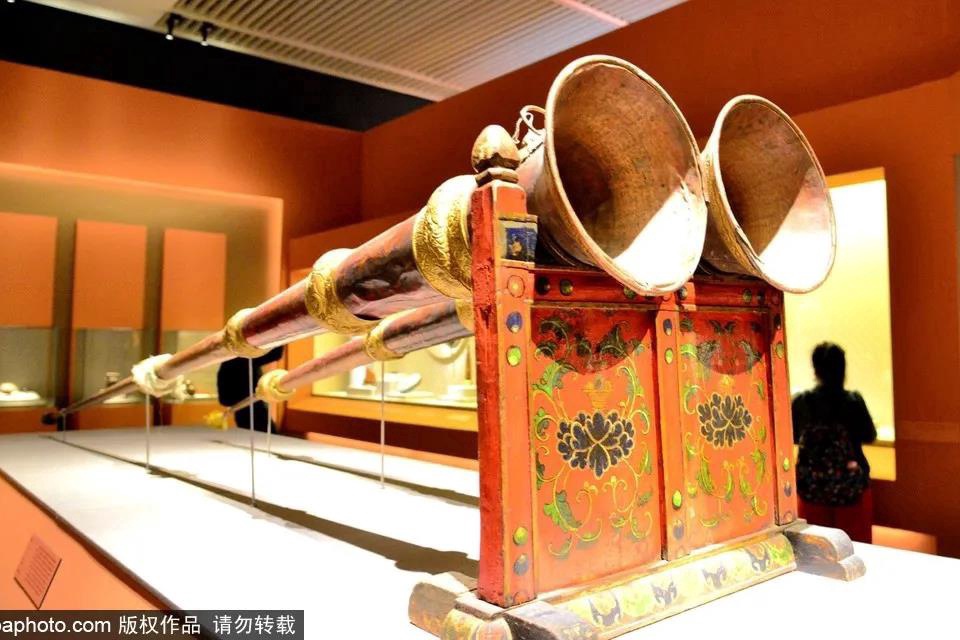
In recent years, especially since the 19th National Congress of the Communist Party of China, the National Museum of China has increased its efforts to collect representative evidence reflecting revolutionary culture and contemporary advanced culture, and openly solicited collections of cultural relics from the public. It collects an average of about 50 sets of ancient cultural relics each year, modern and modern cultural relics, and more than 1,000 sets of objects and artworks.
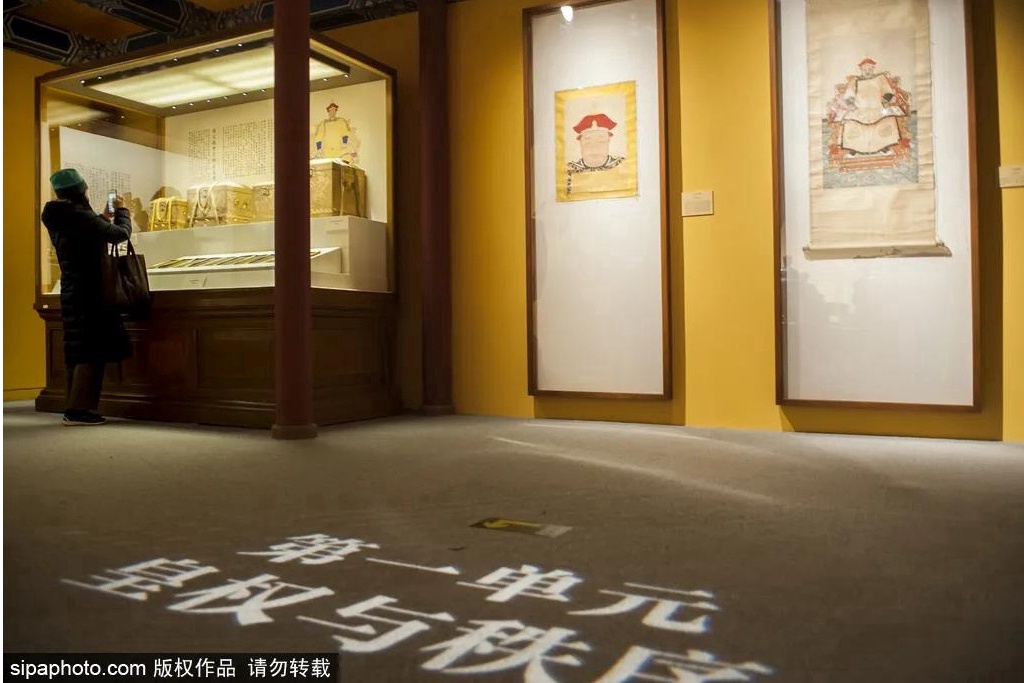
The National Museum of China has rich research resources, solid research foundation and strong research strength, and it is the industry leader in the development of domestic museums.
Ritan Park
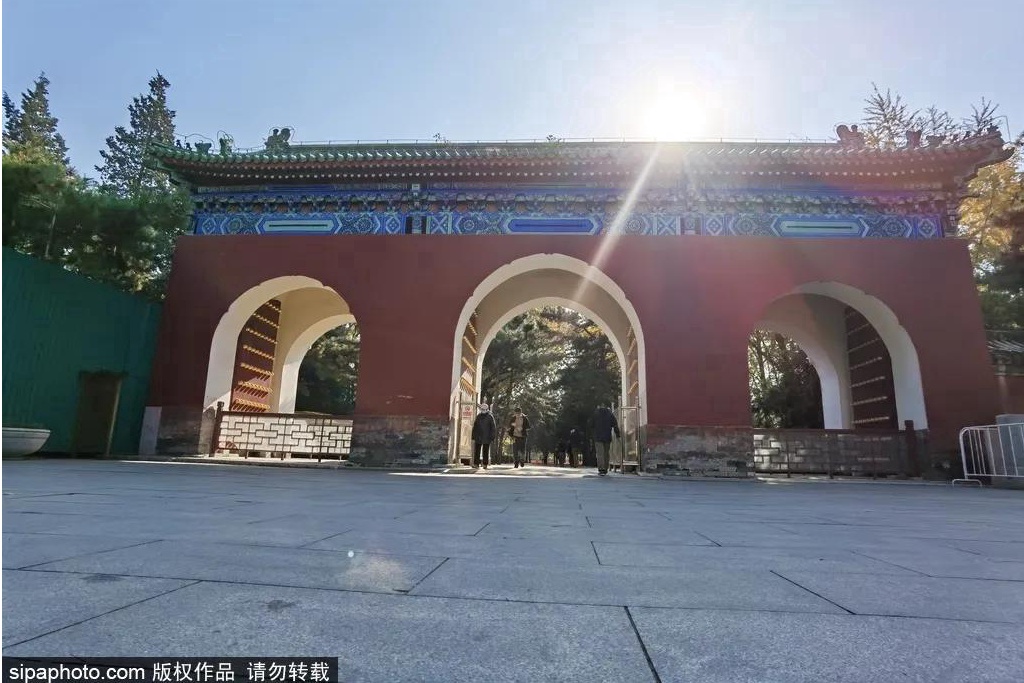
Ritan Park, also known as the Temple of the Sun, is located in the southeast outside Chaoyangmen in Beijing. It is the place where the emperors of the Ming and Qing Dynasties worshipped the god of Daming. The Ritan in the park was built in the ninth year of Jiajing in the Ming Dynasty. It is one of the famous cultural relics of Beijing, the "Five Altars" (the Temple of Heaven in the South, the Temple of Earth in the North, the Sun Altar in the East, the Moon Altar in the West, and the Sheji Altar in the Imperial City). The emperors of the Ming and Qing dynasties worship the sun here every vernal equinox.
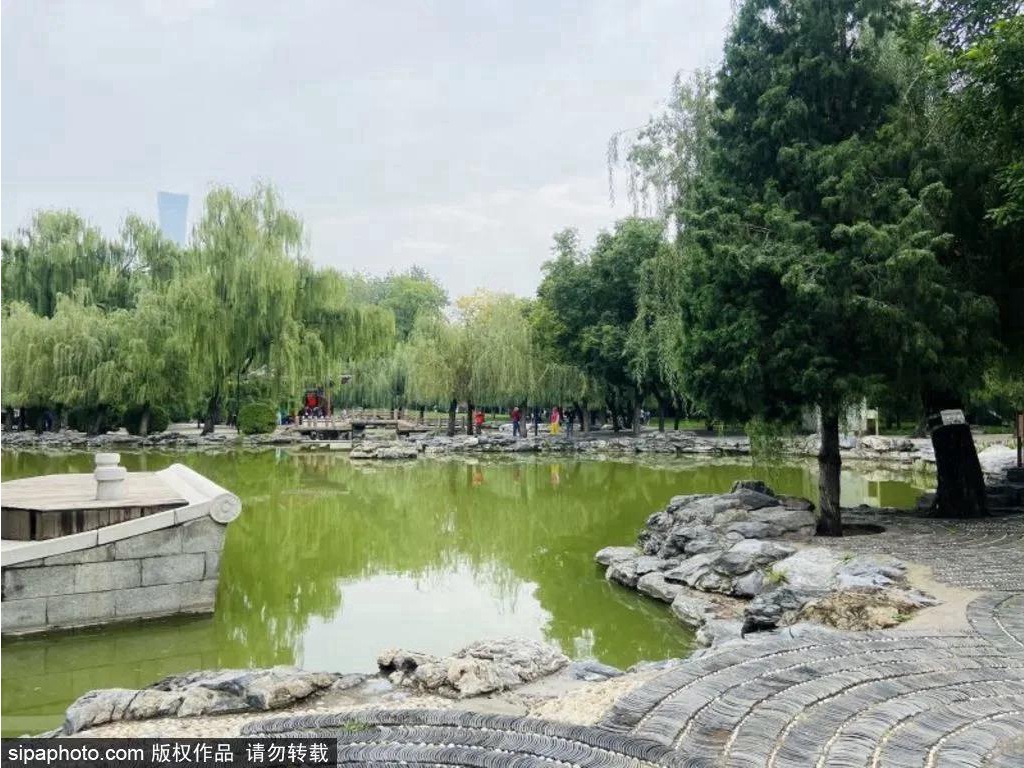
There are pavilions, fountains, flowers, trees, and mountains in the garden, creating a fun contrast. In the afterglow of the setting sun, Ritan Park welcomes visitors from far and near with its ancient walls and new trees.
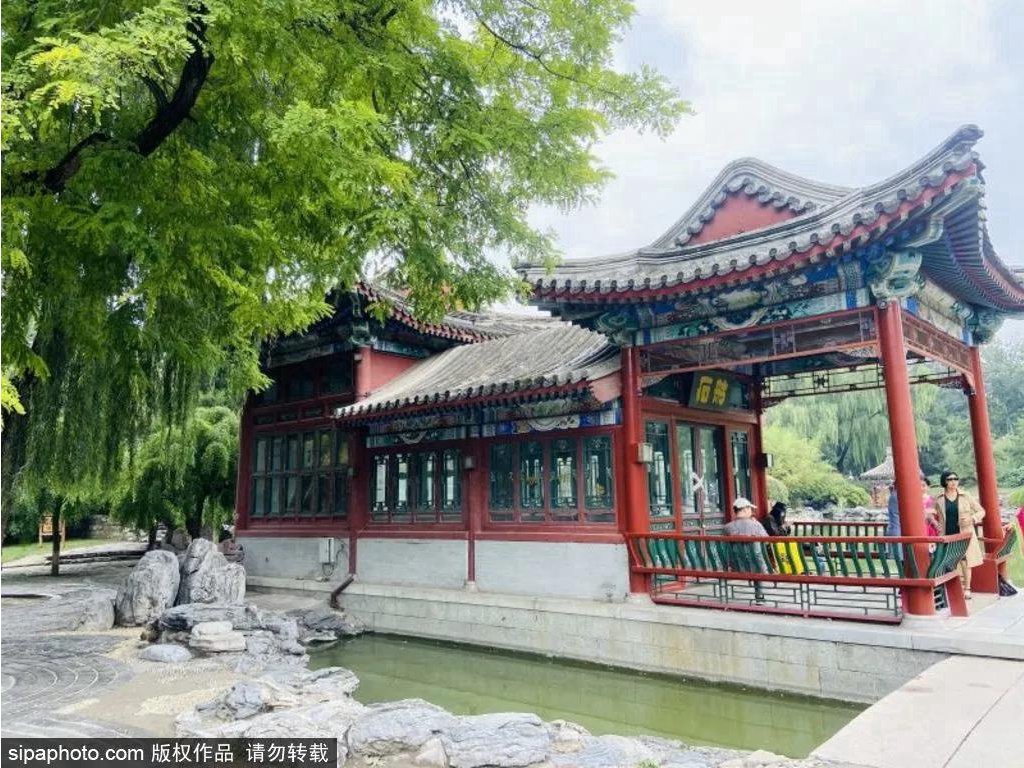
National Center for the Performing Arts

The National Center for the Performing Arts of China is located on the west side of Tiananmen Square in the center of Beijing, the highest hall of China's national performing arts. There are four theaters in the National Centre for the Performing Arts. The opera house is in the middle, the concert hall is in the east, the theater arena is in the west, and the small theater is in the west side of the south gate. The four theaters are completely independent and can be connected to each other through the air corridor. Supporting facilities such as exhibition halls, art exchange centers, audio-visual stores, etc.
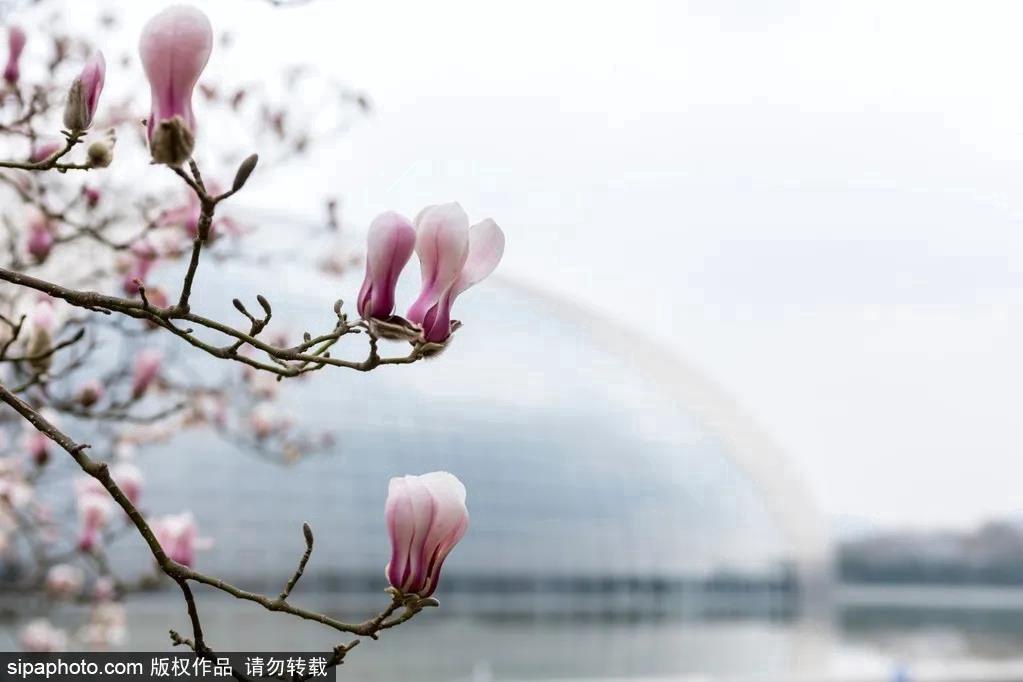
The shape of the National Center for the Performing Arts of China is novel and avant-garde, combining tradition and modernity, romance and reality, just like the "from outsiders" on Chang'an Street, which is amazing. The elliptical main structure, a pool of clear lake water, and a large area of green trees and flowers on the periphery reflect the concept of harmony between man and man, man and art, and man and nature.
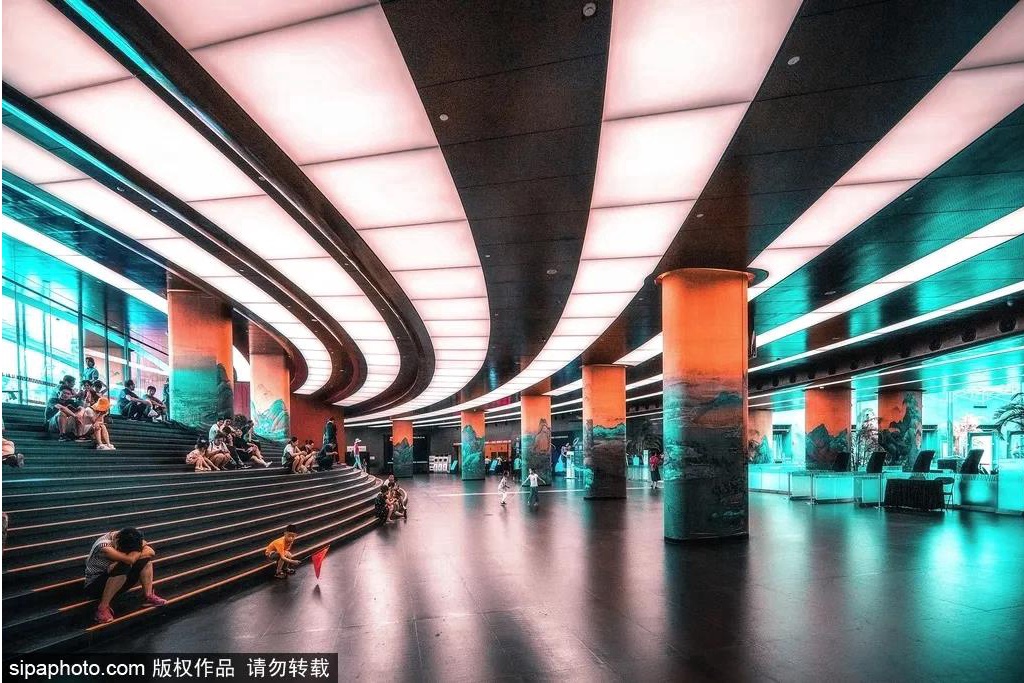
The world's largest dome: The entire shell steel structure weighs 6475 tons, and the east-west long axis span is 212.2 meters, making it the largest dome in the world.
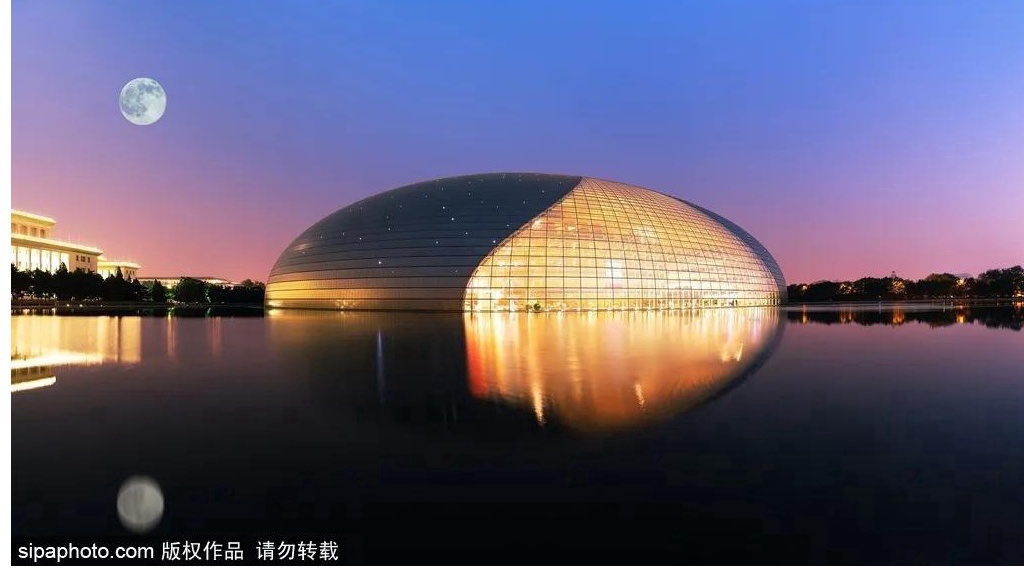
The deepest building in Beijing: The deepest underground of the National Center for the Performing Arts is -32.5 meters, which is equivalent to digging 10 stories underground, making it the deepest building in Beijing.
The largest pipe organ in Asia: The pipe organ in the concert hall has 6,500 sound pipes. It is the largest pipe organ in Asia, with a cost of 30 million RMB.
Wangfujing Street
Wangfujing Street is a famous commercial pedestrian street with a long history of hundreds of years, with the reputation of "Golden Street" in Beijing.
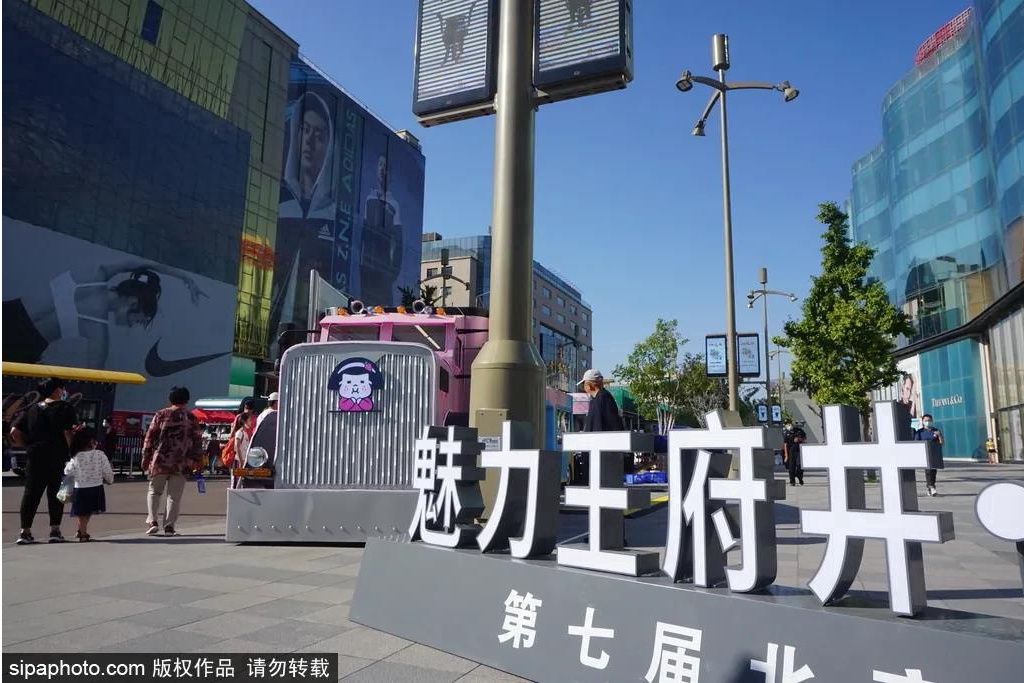
APM, Oriental Plaza, Lotte Intime Department Store and other large shopping malls are located on the left and right sides of the street, and there are everything from major international and domestic brands. "Shopping paradise" is really the best description of Wangfujing Street.
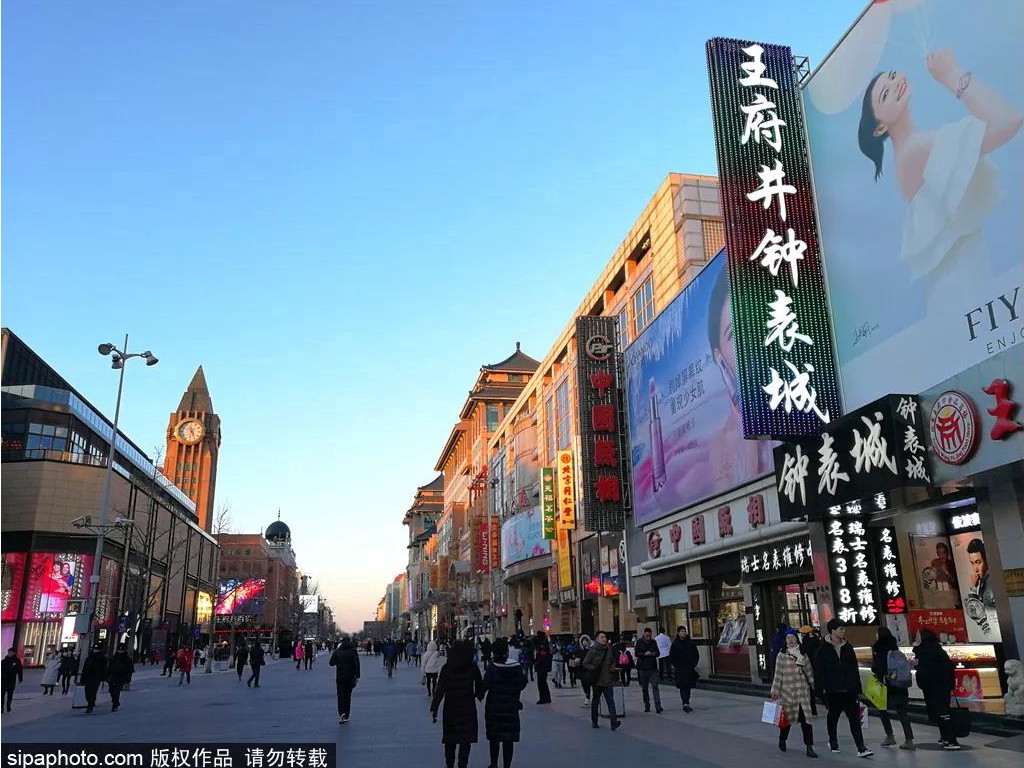
A long street has gone through the vicissitudes of the Chinese nation and confirmed the growth of the Republic; it has stood for a century in the history like a book with no words; it is a shining mark that writes the 60 years’ rejuvenation of the nation... It is Chang'an Avenue, a "Shenzhou First Street" that has been given a profound meaning.
This long street connects China's most important party and government agencies, financial institutions, commercial centers, important enterprises, cultural venues, and historical buildings. It is the most important window to Beijing and even China, and it highlights the new atmosphere of the new China.



